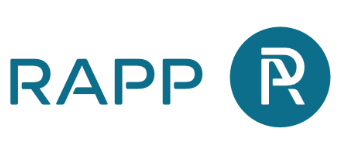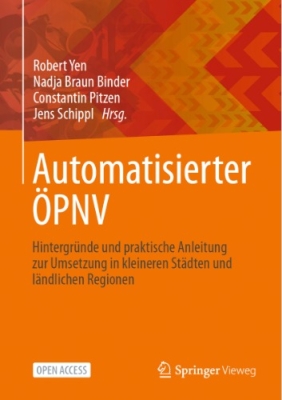How does the automated vehicle know which rules it has to follow? The story explores the question of how road traffic law could be digitalised and what we should consider.
When we hear about automated and connected driving, we think of algorithms and sensors. We try to imagine how they could replace us as drivers. Road traffic behaviour seems regulated and clear to us. We therefore assume that the road traffic regulations (German Road Traffic Act) will then apply to automated driving the same way they do to all other road users. But will this really be the case?
Here it seems appropriate to take two steps back and ask ourselves what norms we actually orient ourselves by when we are on the road. First there are the German Road Traffic Act and other road traffic law as a codified norm and then there is something else, an unwritten set of rules that we know implicitly without being able to describe it concretely. These other non-codified norms are different in different countries. For example, Italians behave differently in traffic than we Germans or people in Switzerland. If we had to drive the car ourselves in cities like Mumbai, this idea alone would make us sweat. The Indians, however, manage wonderfully. So there is a regulatory system of codified norms, which are very similar but not the same all over the world, and one of non-codified norms, which are sometimes very different. When we think about the digitalisation of the German Road Traffic Act, we have to deal with this highly complex system.
The next question arises if you take a look at the text of the German Road Traffic Act. For example, it says in §3 No. 2a "Whoever drives a vehicle must behave towards children, people in need of help and elderly people, in particular by reducing the driving speed and by being ready to brake, in such a way that a danger to these road users is excluded". The example given here shows that road traffic law contains undefined legal terms or general clauses and evaluations that need filling in. They require formalisation in order to enable digitisation. On the other hand, road traffic law is subject to change in three respects: a) in the case of a border crossing ("change of jurisdiction"), b) in the case of a change of law, as well as c) in the case of temporarily deviating instructions. It will therefore be necessary to adapt the road traffic law. Since the German Road Traffic Act regulates the behaviour of all road users and thus of all people, it also requires a discourse that includes the entire population. In a Western-style democracy, it is not possible to let the industry alone determine the formulation of the laws. The scientific and social discourses on this still have to be conducted.
In order to understand how the publicly known automation approaches will process the regulations determined in road traffic, it is helpful to understand the decision-making process of automated vehicles. Automated vehicles need sensor data and high-resolution road maps to orient themselves. Driving decisions are executed based on three steps: a.) perception, b.) prediction, and c.) planning and control. Perception identifies traffic signs and traffic lights, interprets the environment, whether there are stationary or moving objects and what type of objects they are (building, car, pedestrian, cyclist, etc.), recognises its own location and measures the distance to all objects, the direction of movement and speed of moving objects. In the prediction step, the system calculates different possible behaviours of each perceived object. In the last step of planning and controll, the further course of the ride is planned on the basis of the map information and the data created in step a.) and b.) and the vehicle is controlled accordingly. The traffic rules form a basis for the driving decision in step c.).
In many automation approaches, the traffic rules are implicitly incorporated into the behavioural rules of the vehicles in the form of machine learning. At present, however, there is no clear transparency on how to deal with the changes in road traffic law. Clarification is still needed here. There are also no regulations on how public authorities such as the police can intervene in automated driving.
Accordingly, automated and connected driving will initially take place under very clear conditions. The exchange between industry, science, politics and society to enable automated driving in a transport system with equal rights for all road users has yet to be initiated and driven forward.
PDF | Die digitale StVO für das automatisierte Fahren
PDF | The digital German Road Traffic Act for automated driving






